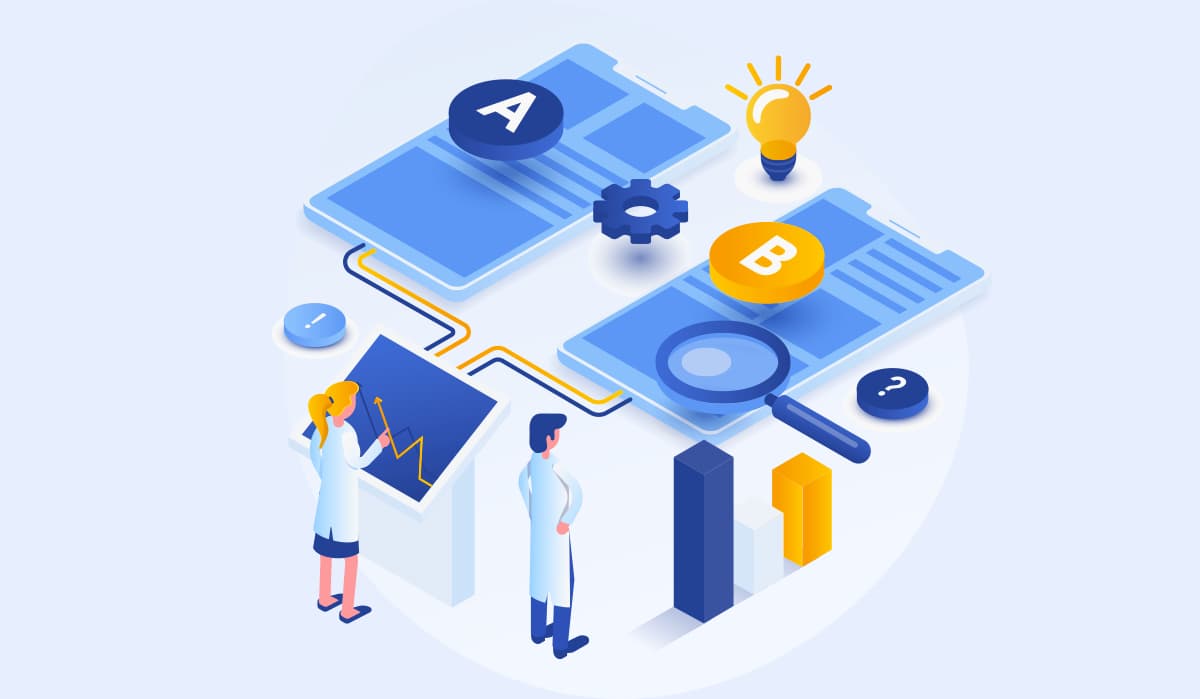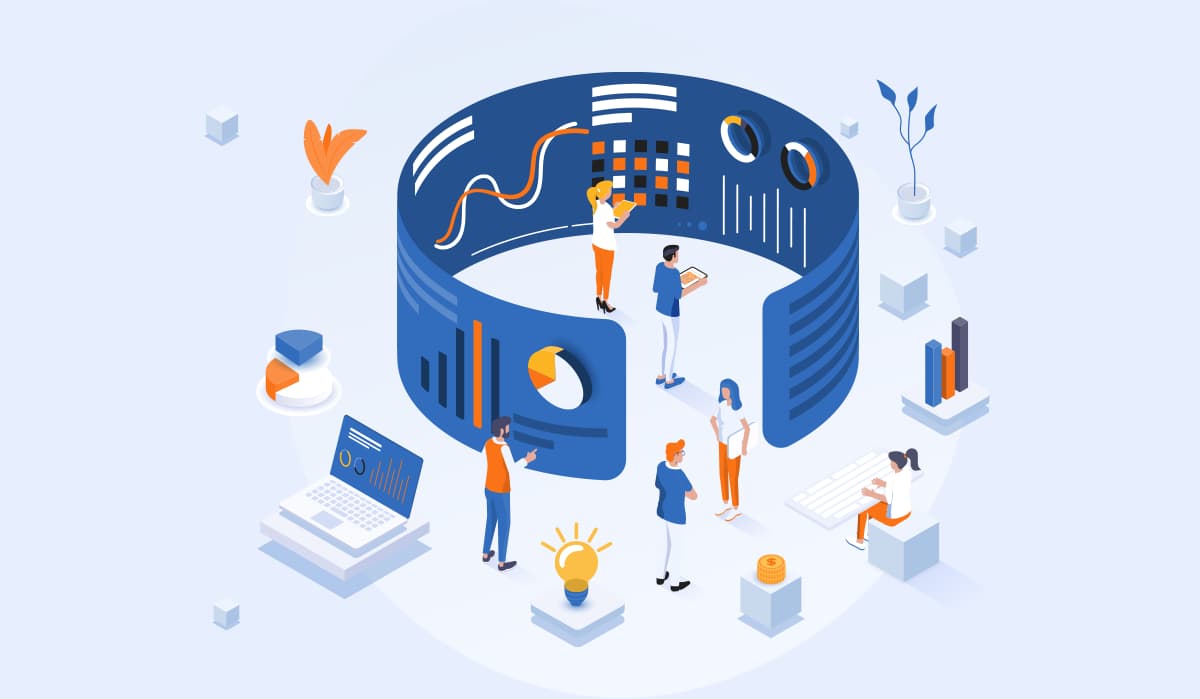The biggest organizational and corporate revolution of our time is the result of digital transformation. It is a transformation from businesses offering products and services to clients to a time when businesses transform their perspectives to fully capitalize on what technology has to offer. Organizations may now offer value in novel and previously inconceivable ways thanks to digital transformation.
The process of digital transformation can raise productivity, customer satisfaction, and overall competitiveness. We will walk through the necessary procedures to successfully digitize your business in 2023 in this in-depth guide.
Table Of Contents 👉
What Does a Digital Transformation Mean for Your Business?

In a society that is more focused on technology, there is a much greater demand for enterprises to digitize. Digitization is the process of incorporating technology into your business operations to increase revenue, productivity, and customer satisfaction.
It can involve Python development services to develop an app for your business, switch to online purchasing, allow mobile payment options, and more. The objectives of digitizing your business are to save expenses, streamline everyday operations, and provide clients with new means to contact your organization to keep up with the economy’s rapid development.
How Can a Company Begin the Digital Transformation Process?
Create Specific objectives and Goals
Your digital transformation’s objectives should be examined, your expenditures should be prioritized, and your performance should be measured.
You risk using different IT tools and solutions without understanding whether they are producing the required outcomes if you don’t have defined goals and objectives. Your bottom line may suffer as a result of time and money squandered due to a lack of concentration. So sometimes, it’s better to get help from Django development agencies who can offer you options for implementing new IT solutions.
Developing a Digital Transformation Strategy

The foundation of a successful digital transformation is a clearly defined strategy. Outline specific goals that are in line with your company’s goals. Your technology selection should be guided by these goals to provide scalability to meet changing requirements.
You may create the conditions for a more seamless integration process by choosing the appropriate digital tools and platforms that are specific to your sector.
Making Use of Information’s Power
The digital era has seen the emergence of data as a strategic asset. Create a thorough data plan that includes data collection, archiving, and analysis. Utilize artificial intelligence and advanced analytics to derive useful insights that facilitate thoughtful decision-making.
You may analyze consumer behavior, improve operations, and find new possibilities with the help of data-driven insights.
Utilize Cloud-Based Services
Business solutions that are cloud-based offer scalability, flexibility, and accessibility. You may do a quick search to identify trustworthy cloud service providers that suit your company’s requirements. Google Cloud Platform, Microsoft Azure, and Amazon Web Services (AWS) are popular choices that you can never go wrong with.
The next step is to use cloud storage for data backups and convenient worldwide access to vital information. Data loss is less likely with cloud storage, and disaster recovery is improved.
Create Provider Partnerships
Your team’s growth and the addition of outside service providers may give the impression that your business’s expenses are rising. The digitalization of company operations, particularly information-intensive ones, can, nonetheless, result in large increases in profit.
Try, Learn, and Improve
Iteration and experimentation are necessary steps on the road to digitalization. To find possibilities and difficulties, start with trial projects. To ensure a more successful and efficient digital transition, regularly collect feedback and use it to improve your strategy.
You may manage complexity and adjust your strategy depending on your actual experiences with iterative implementation.
Conclusion
To avoid being forced into fiercely competitive marketplaces, businesses must modernize and adapt to the digital era at this important time. Moreover, if not handled by experts, the digital transformation process may be highly expensive. Remember that digitization is an ongoing process that enables your organization to succeed in the digital age, not just a destination.
Related Stories:
